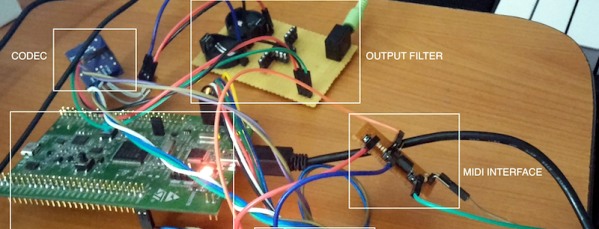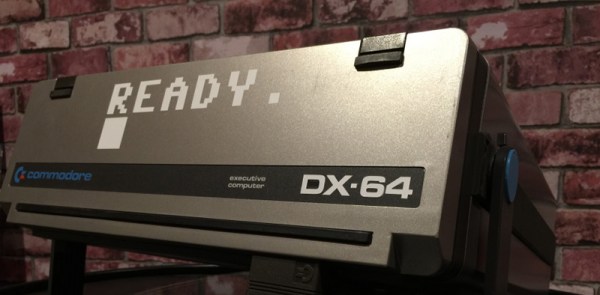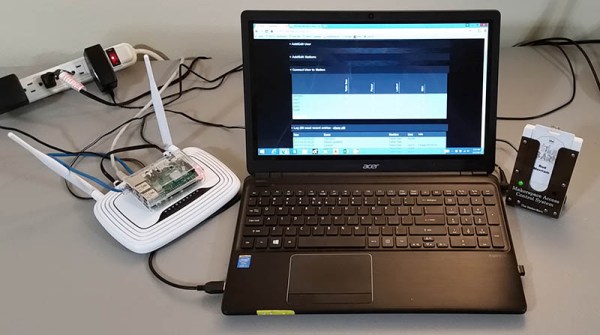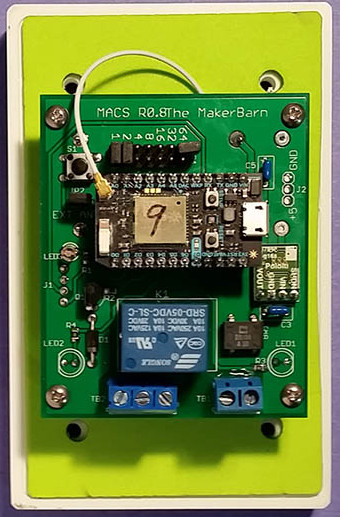Last month, we announced a preorder for volume two of the Hackaday Omnibus, a collection of content written over the course of this year that is the best we have to offer. Now, there is a warehouse full of deceptively heavy boxes, and the Hackaday Omnibus Vol. 2 is now in stock.
 Inside the second edition of the Hackaday Omnibus is 128 pages of actual, real content. There are zero ads, no sponsored content, and absolutely nothing that tells you to go out and buy something. Opening it is an experience unlike anything. Where can you read something for minutes at a time with no interruptions, no email, no Twitter, no Facebook, no text messages, and no ads? You won’t find something like this anywhere else.
Inside the second edition of the Hackaday Omnibus is 128 pages of actual, real content. There are zero ads, no sponsored content, and absolutely nothing that tells you to go out and buy something. Opening it is an experience unlike anything. Where can you read something for minutes at a time with no interruptions, no email, no Twitter, no Facebook, no text messages, and no ads? You won’t find something like this anywhere else.
The electronics, trade, and tech magazines have a long and storied history. In the 1930s, there were magazines that would teach you how to build a radio. In the 1950s, there were print articles saying fusion power was just fifty years away. The Hackaday Omnibus continues this tradition with relevant content for today: everything from car hacking and open source insulin, to retrospectives on oft-forgotten parts of our digital heritage are included. This is the best we have to offer, and we’re doing it without selling out.
Volume Two of the Hackaday Omnibus isn’t the end for our print endeavours – we’re just getting started. We’re committed to producing the best content in an interruption-free format. Print is dead, after all, and that’s why we put a skull on it.
You can purchase the Hackaday Omnibus Volume Two on the Hackaday Store.








 A control box, [George] calls them stations, controls the power to a machine. Member badges have an RFID tag that is read when inserted into the station’s reader. If the member is authorized to use the machine, the power is enabled. For safety, the member’s badge must remain in the reader to maintain power. The reader uses a Photon board from Particle with a WiFi link to a Raspberry Pi server.
A control box, [George] calls them stations, controls the power to a machine. Member badges have an RFID tag that is read when inserted into the station’s reader. If the member is authorized to use the machine, the power is enabled. For safety, the member’s badge must remain in the reader to maintain power. The reader uses a Photon board from Particle with a WiFi link to a Raspberry Pi server.








